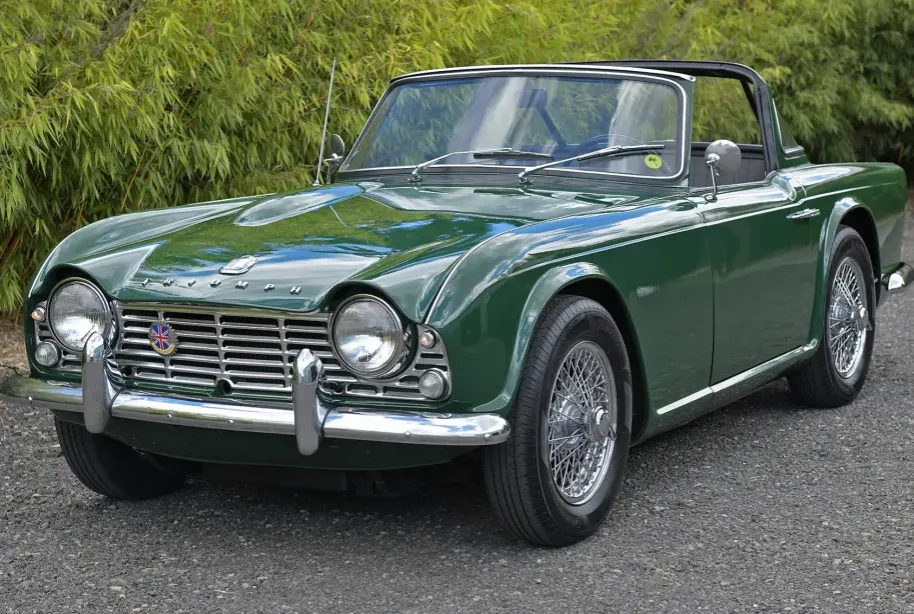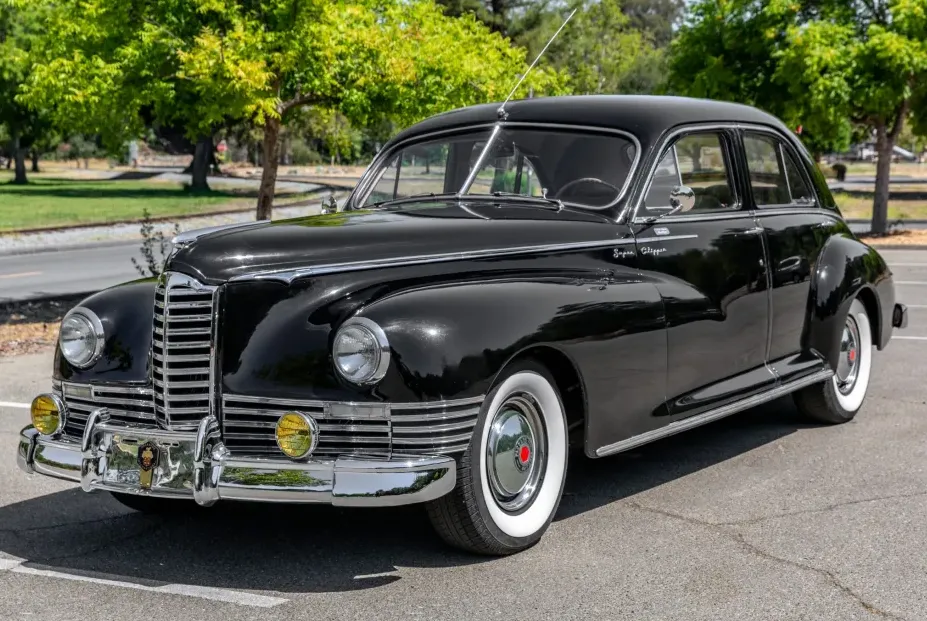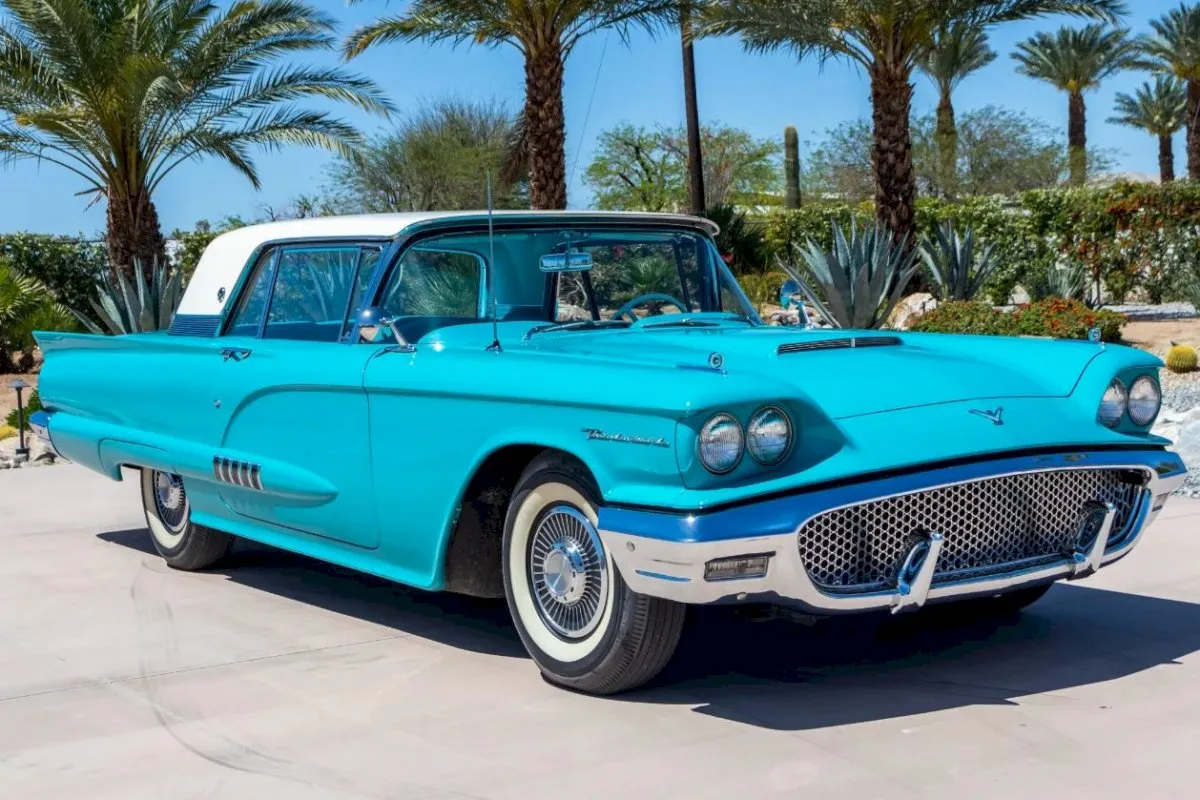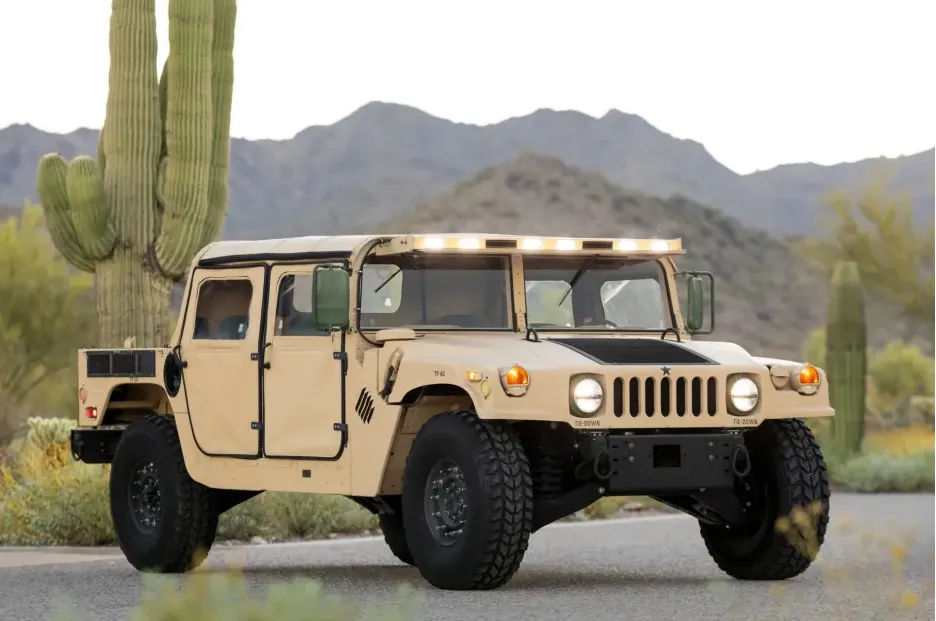The 1952 Ford F2 Marmon-Herrington is a remarkable vehicle that holds a special place in the history of American trucks. Combining the robust design of Ford’s F-series with the engineering prowess of Marmon-Herrington, this truck stands as a testament to the innovation and adaptability of mid-20th-century automotive design. It is a vehicle that not only served practical purposes but also represented the spirit of post-war American industry.
Historical Context

The 1950s were a transformative period for the American automotive industry. After World War II, there was a significant shift in manufacturing and design. Companies were eager to capitalize on the economic boom and the increasing demand for reliable and versatile vehicles. Ford, a leader in the industry, introduced the F-series trucks in 1948, aiming to provide sturdy and reliable vehicles for both commercial and personal use.

Marmon-Herrington, on the other hand, was a company that specialized in converting conventional trucks into all-wheel-drive vehicles. Founded in the 1930s, Marmon-Herrington became renowned for its expertise in building rugged, dependable vehicles capable of handling the toughest terrains. The collaboration between Ford and Marmon-Herrington resulted in a series of four-wheel-drive trucks that were unmatched in terms of durability and off-road capability.
Design and Engineering

The 1952 Ford F2 Marmon-Herrington combines the best of both worlds: the dependable design of the Ford F2 and the advanced engineering of Marmon-Herrington. The Ford F2 was part of the first generation of F-series trucks, known for their durability, ease of maintenance, and versatility. The addition of Marmon-Herrington’s four-wheel-drive system made these trucks even more formidable.

The 1952 Ford F2 featured a simple yet robust design. The front end was characterized by its prominent grille and round headlights, which gave it a distinctive look. The truck had a rugged, no-nonsense appearance, with a sturdy frame and a bed designed to handle heavy loads. The Marmon-Herrington conversion added to the truck's height and gave it a more aggressive stance, making it easily recognizable.
Interior Design:

The interior of the 1952 Ford F2 Marmon-Herrington was utilitarian, reflecting its workhorse nature. The cabin was spacious enough to accommodate the driver and a passenger, with a simple dashboard layout that included the essential gauges and controls. Comfort features were minimal, as the focus was on functionality and durability.
Engine and Performance:

Under the hood, the 1952 Ford F2 was typically equipped with a 239 cubic inch (3.9L) flathead V8 engine, which was capable of producing around 100 horsepower. This engine was known for its reliability and ease of maintenance. The addition of Marmon-Herrington’s four-wheel-drive system significantly enhanced the truck's performance, allowing it to tackle rough terrains and challenging conditions with ease. The truck featured a manual transmission, usually a four-speed, which provided the driver with the control needed for off-road driving.
Suspension and Drivetrain:

The Marmon-Herrington conversion included a robust suspension system designed to handle the increased demands of off-road driving. This included heavy-duty springs and shocks, as well as a reinforced frame. The four-wheel-drive system was manually engaged, giving the driver the flexibility to switch between two-wheel and four-wheel drive as needed. This system provided excellent traction and stability, making the truck ideal for use in rugged environments.
Usage and Applications

The 1952 Ford F2 Marmon-Herrington was used in a variety of applications, reflecting its versatility and durability. It was popular among farmers, ranchers, and construction workers who needed a reliable vehicle capable of handling heavy loads and rough terrain. The truck was also used by government agencies, including the military and forestry services, for tasks that required a robust and dependable vehicle.

One of the key advantages of the Ford F2 Marmon-Herrington was its ability to operate in remote and challenging environments. Whether it was navigating muddy fields, rocky trails, or snowy paths, the truck proved to be incredibly capable. This made it an invaluable asset in areas where conventional two-wheel-drive trucks would struggle.
Legacy and Collectibility

Today, the 1952 Ford F2 Marmon-Herrington is considered a classic and is highly sought after by collectors and enthusiasts. Its historical significance, combined with its rugged design and engineering, makes it a prized possession for those who appreciate vintage trucks. Restoring a Marmon-Herrington conversion can be a challenging but rewarding endeavor, as it involves sourcing original parts and ensuring that the four-wheel-drive system is in working order.
The truck's legacy is not only tied to its performance and durability but also to its representation of a bygone era of American automotive ingenuity. It stands as a reminder of the post-war boom and the innovative spirit that drove companies like Ford and Marmon-Herrington to push the boundaries of what trucks could achieve.
Conclusion

The 1952 Ford F2 Marmon-Herrington is more than just a truck; it is a piece of automotive history. Its design and engineering reflect a period of significant advancement and innovation in the American automotive industry. The collaboration between Ford and Marmon-Herrington produced a vehicle that was both functional and formidable, capable of handling the toughest conditions with ease. Today, it remains a symbol of durability, reliability, and the enduring appeal of classic American trucks.



